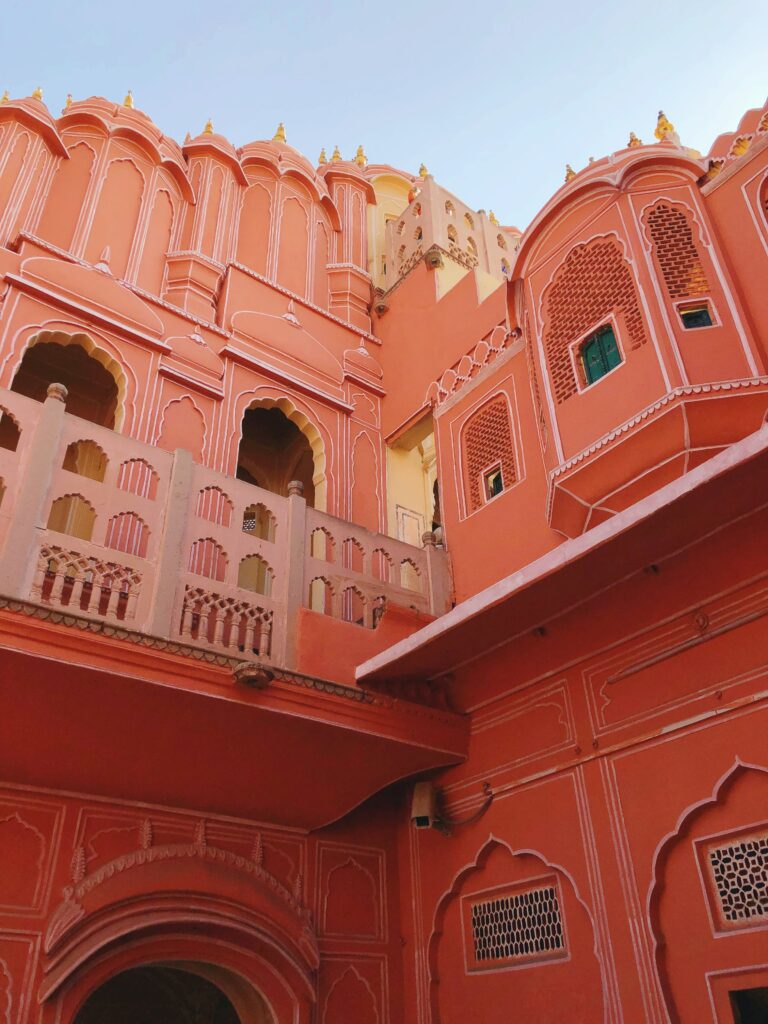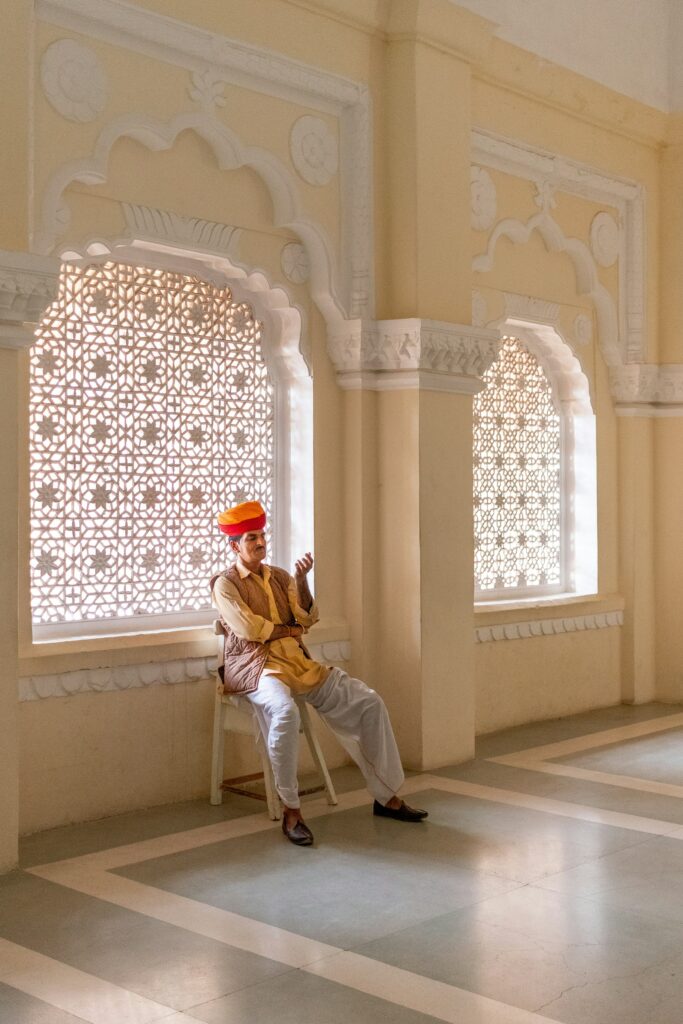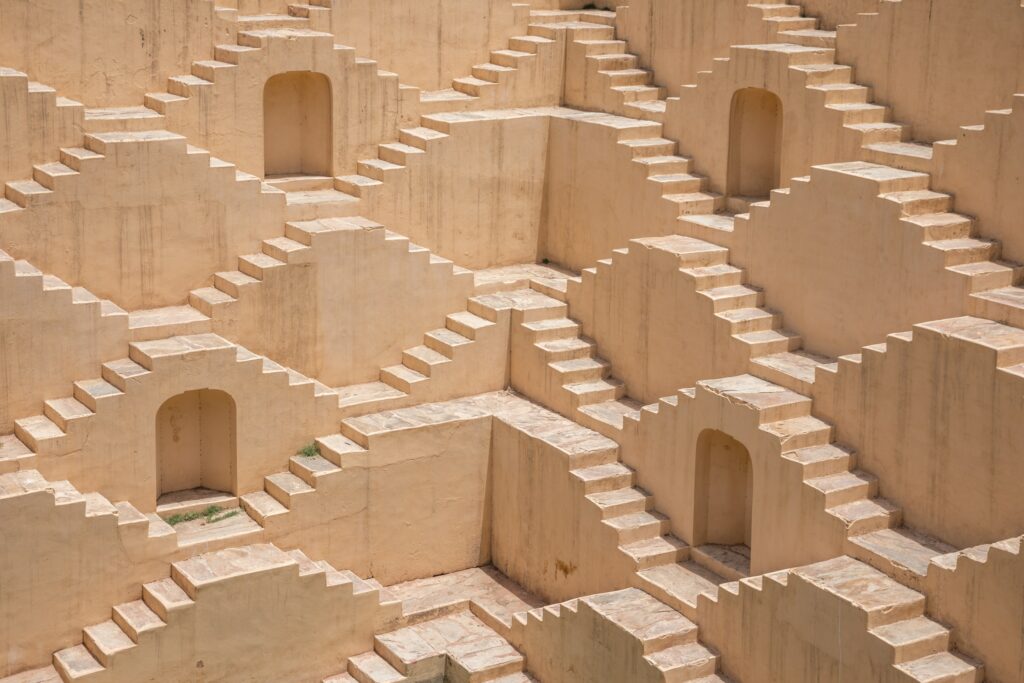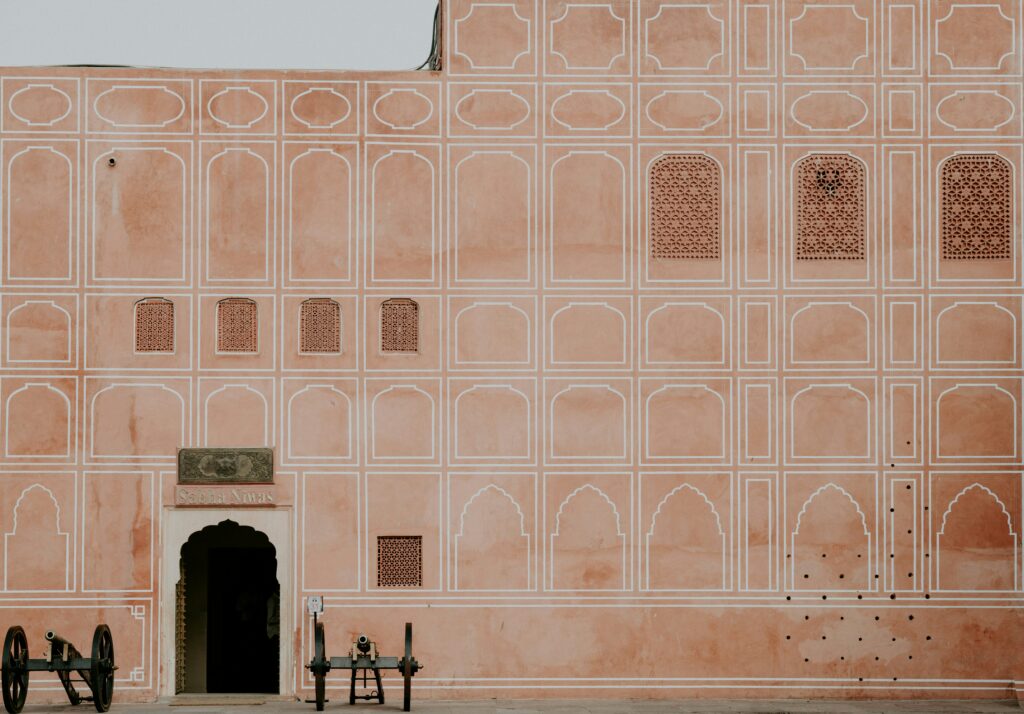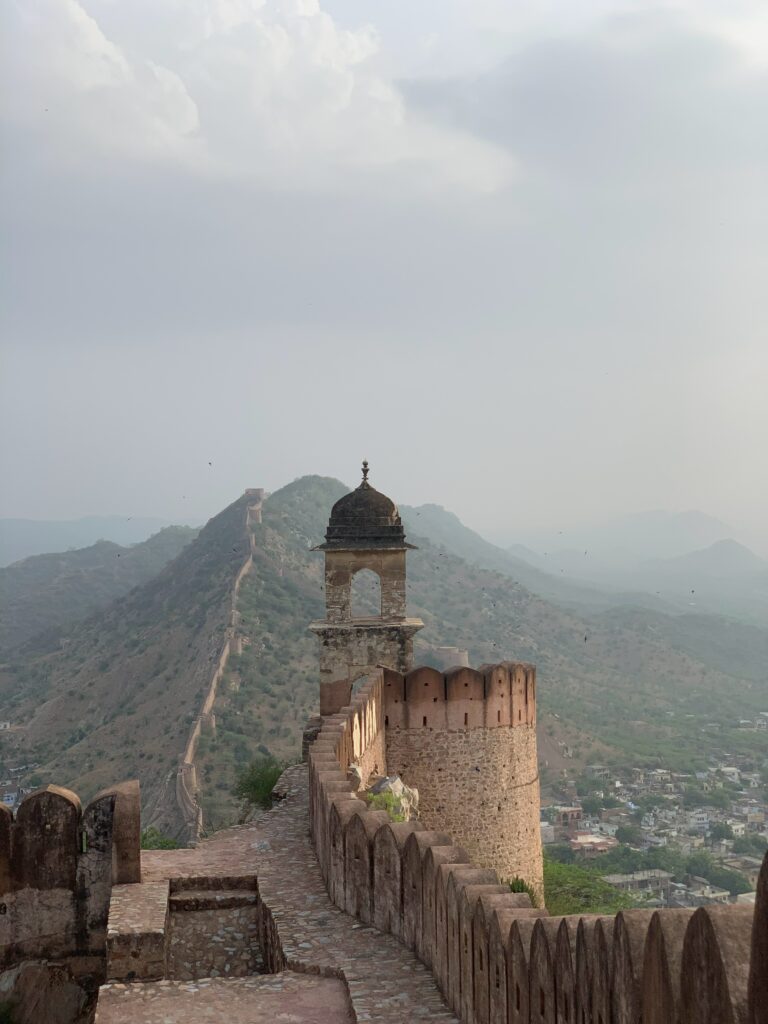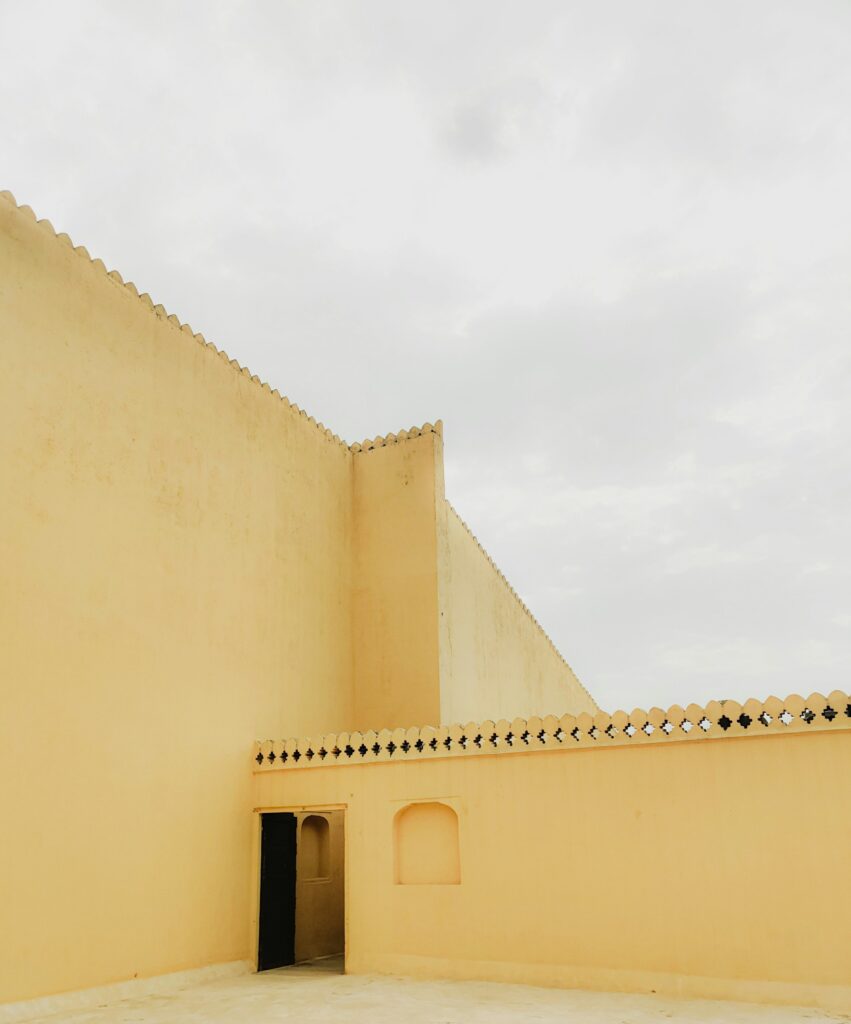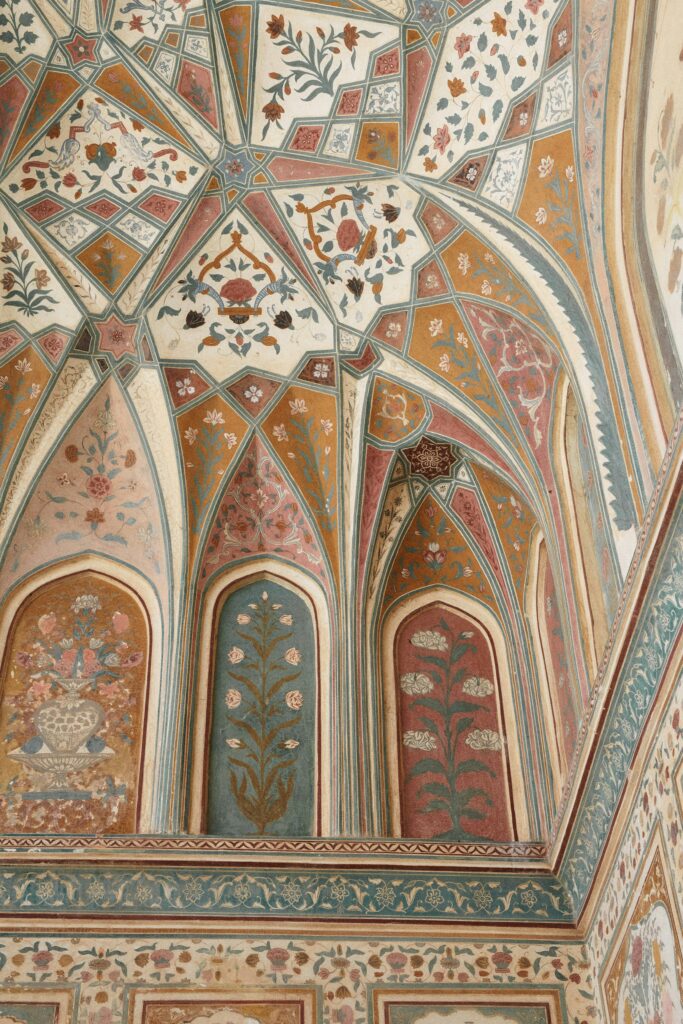Words by Tanvi Chheda
A kaleidoscope of colours against a desert landscape, Jaipur feels suspended in time (except for the traffic congestion that’s part of modern urban life these days). A land of lavish palaces and regal dynasties, and of craft traditions such as block printing and gem cutting, the Pink City, as it’s known, is a requisite stop for most first timers visiting the Indian subcontinent. Though there’s plenty of glint and grandeur to enchant the eye, delve deeper into the region’s past and the daily life of generations of artisans that call the city home. Along with our cheat sheet of favourites, a knowledgeable guide who can bring the city’s history alive, is a must.
A short round-up of Jaipur’s must-see sights…
Jantar Manta: A maharaja’s passion for astronomy led to the construction of this pre-modern observatory set within a large park. (It’s one of five observatories built by Sawai Jai Singh II across India). Featuring oversized stone instruments designed to observe planets with the naked eye, forecast weather and more, the UNESCO-recognised site is even better understood and appreciated when toured with a guide.
Amer Fort: Atop a hill, this sandstone palace fortress (also known as Amber Fort) served as the capital of the warrior Rajputs’ kingdom before it was moved to Jaipur in 1727. The pièce de résistance of the fort is, undoubtedly, the dazzling marble and mirror inlay-covered Sheesh Mahal.
City Palace: A series of airy courtyards, architecturally striking buildings, gardens and even a temple, this maze-like complex was once the home of Jaipur’s royal family, and today, where descendants reside. While a different exterior captivates at every turn, the textiles, miniature paintings, and collection of arms and armour are also not to miss.
Johari Bazaar: A mile of street-front vendors and stalls tucked within labyrinthine alleys, this is Jaipur’s most famous market. Spend an afternoon wandering and strolling past shops selling everything from bangles to kurtis (women’s tunics) to Indian-style sandals.
Hawa Mahal: Translating to Palace of the Winds, the stunning honeycomb-like façade here, with 953 latticework-adorned windows, is how ladies of the court would discreetly spy the action on city streets without being seen.
Anokhi Museum of Block Printing: This engaging textile museum in Amer, housed in a restored haveli (mansion), tells the story of how carved blocks are used to print on fabric, a craft that’s synonymous with Jaipur. A Jaipur based-textile company, Anokhi dates back to 1970 when founders John and Faith Singh worked with local artisans to help revive block printing.
Ranthambore National Park: Admittedly, this 515 square mile wilderness sanctuary does require a two-day detour from Jaipur. The reward of a lifetime, however: spotting the elusive Bengal tiger sneaking through the protected forest habitat, which is also home to spotted deer, jackal, and marsh crocodile.

…and a longer look at Jaipur’s lesser known spots
Govind Devji Temple
Within the City Palace grounds, this temple is dedicated to Krishna and his favourite consort, Radha. Listen to hymns and feel the spiritual energy in the air.
Brigitte Singh
Though she originally arrived in Jaipur to study miniature paintings, Brigitte Singh quickly fell in love with the art of block printing. Today, her hand-printed textiles, including a signature red poppy print, are among the best in the world. Visits are by appointment only.
Hot Pink
Shop for souvenirs at this playful, pretty concept store, which effortlessly blends Indian motifs with a Western aesthetic.
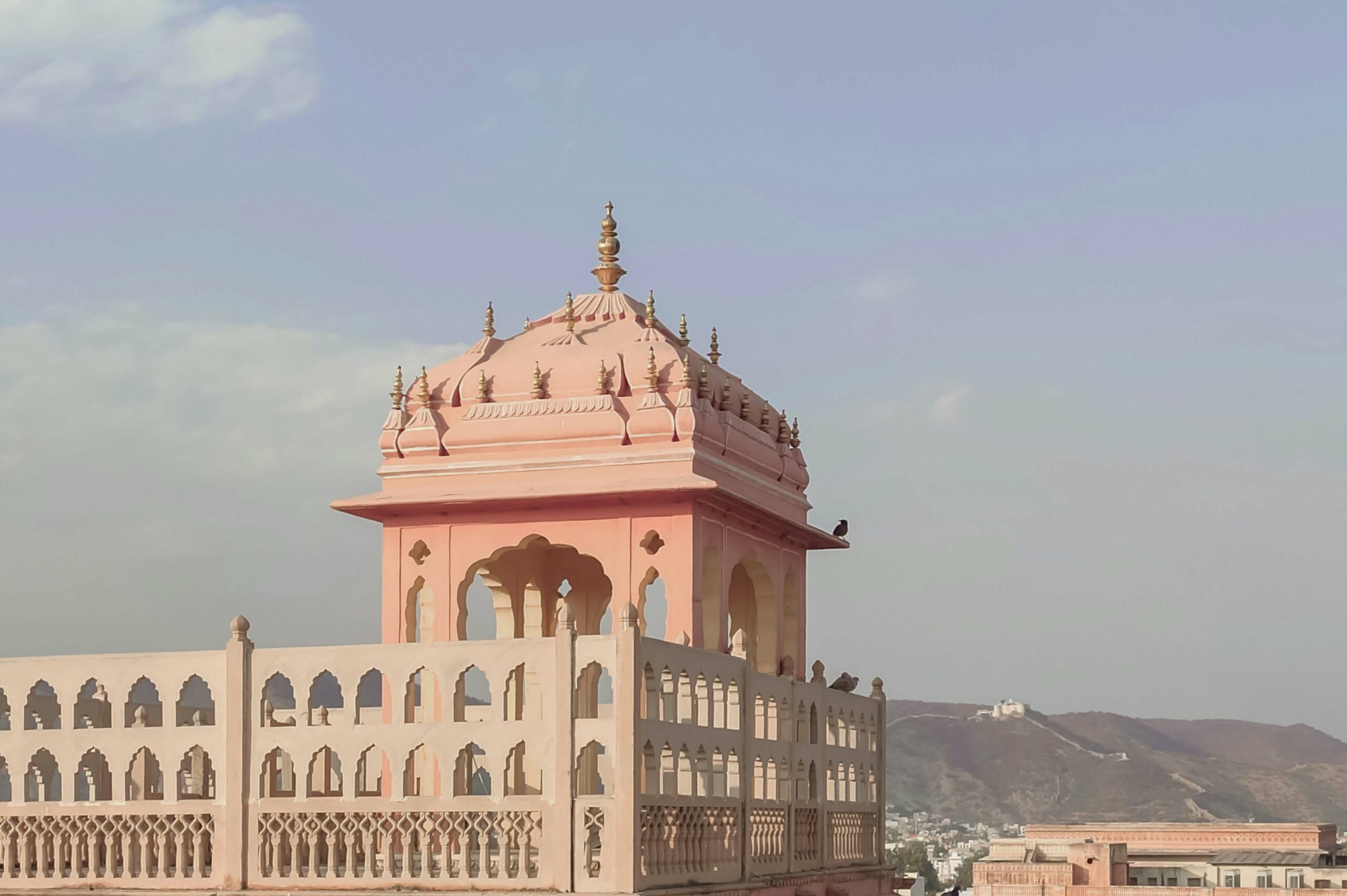
Patrika Gate
Completed during the pandemic, this symbolic gate is, above all, a visual delight. Each colourful column depicts scenes from across the state of Rajasthan. Arrive early and expect other shutterbugs (all trying to snap a photo for the ‘gram).
Gem Palace
With a deep legacy in Jaipur, the Kasliwals have been the court jewellers for as long as anyone can remember. Visiting their sprawling jewellery house is like walking into a candy shop of glittering and shimmering baubles.
What – and where – to eat in Jaipur
Order all the tangy, mouthwatering chaats (savory snacks); the tawa mushroom pav (griddle cooked mushroom with onions and tomatoes); and butter paneer at the Johri’s serene, candle-lit restaurant. The vegetarian menu here is simply outstanding.
Pandit Kulfi is the stuff of legend. Head to the no-frills shop and try the signature saffron-laced kulfi, an Indian ice cream that’s denser and creamier.
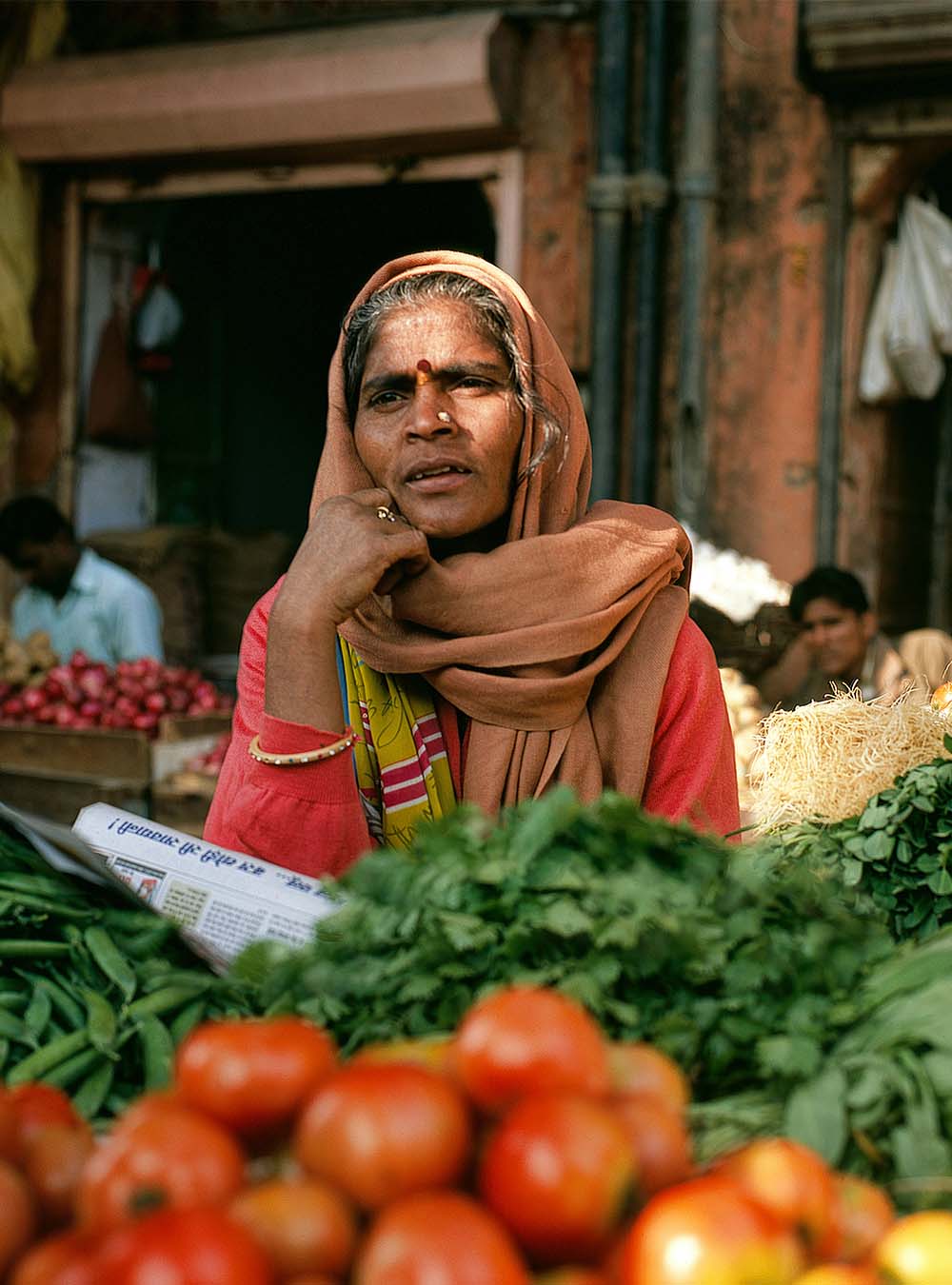
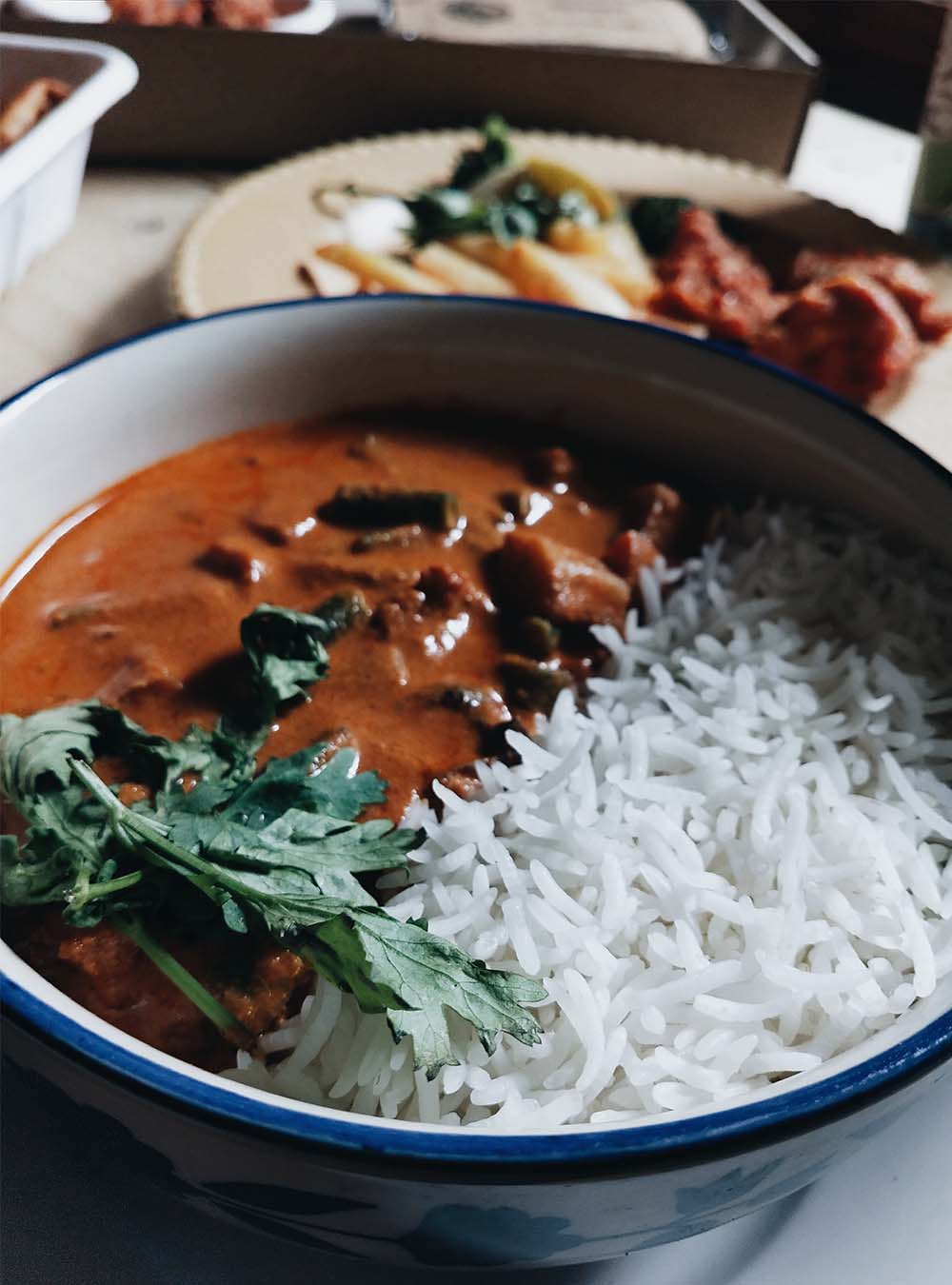
Leaning Italian, Bar Palladio serves up delicious arancini, bruschetta and pastas, with classic cocktails and wines match. All this against a gorgeous and striking cobalt blue backdrop that’s been the cover of practically every design magazine.
Sample sweet treats and savory snacks such as rose almonds laddus and kachoris (puffed pastries stuffed with lentils and spices) at LMB (Laxmi Mishtan Bhandar).
Where to stay in Jaipur
The Raj Palace…The antique-filled rooms, 50 in total, at this heritage hotel feature four poster beds and marble baths with soaking tubs, but it’s the series of elegant courtyards and airy pavilions, with painted arched doorways, tables for tea, and life-size chess with Rajasthani figurines, where you’ll want to linger.
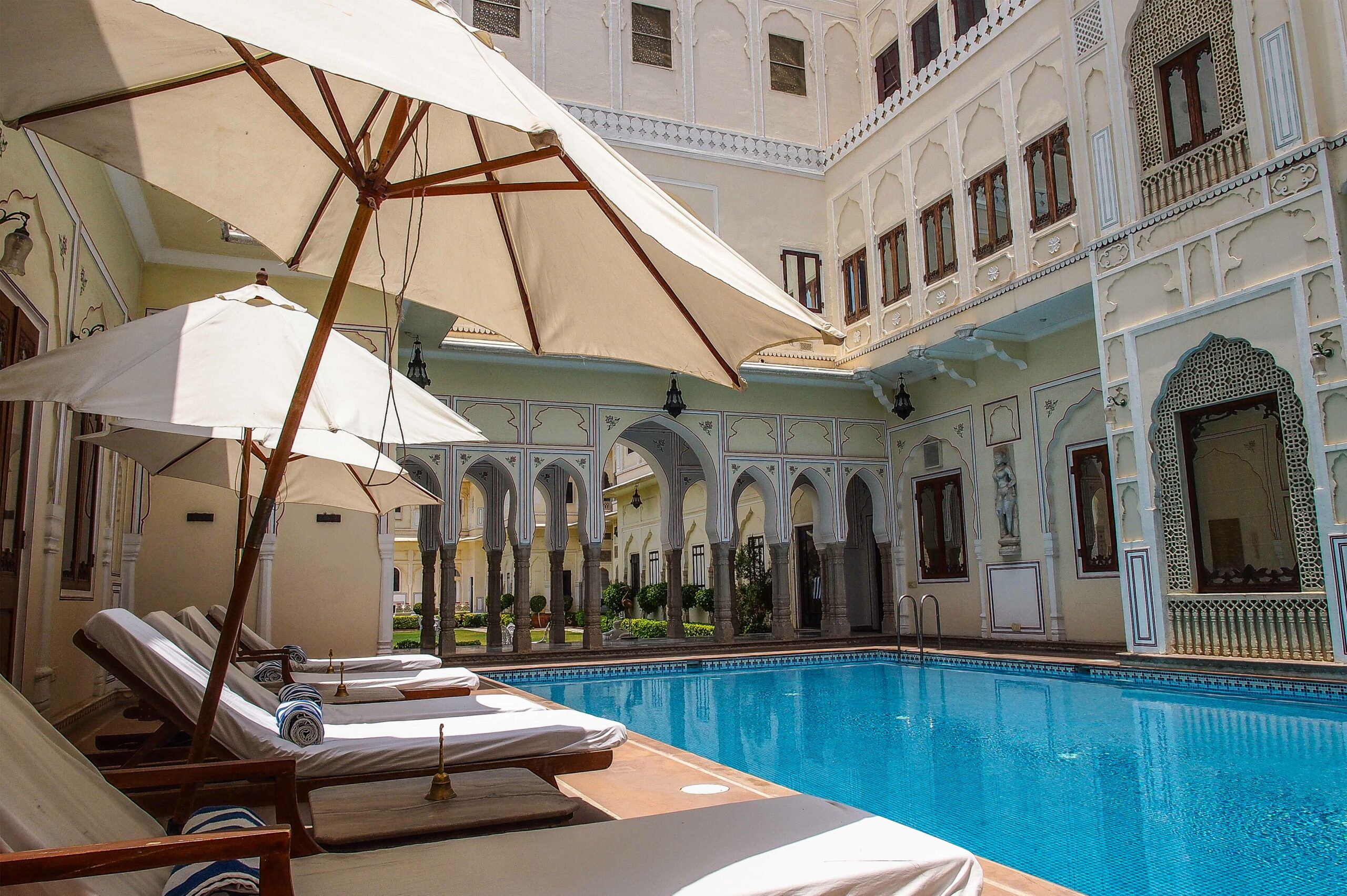
Mother, writer, editor. California convert, Bombay born. A former Travel + Leisure editor, Tanvi Chheda has written for the New York Times, Afar, Delta’s Sky, Robb Report, and Virtuoso Life, among others. Tanvi is obsessed with family travel, vegetarian cooking, children’s books and 1950s Bollywood music.
